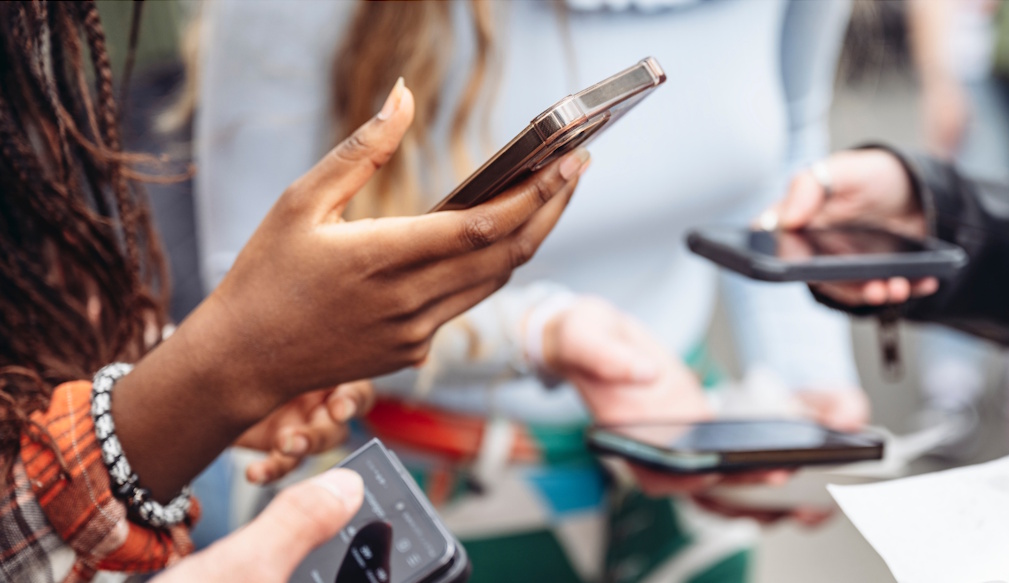The Suite Set

The Suite Set is a small family business and that focuses on ending the overwhelm around becoming parents.
Let's be frank, you can never really end the overwhelm, but our hospital bag organisers, our packing lists and the free information we provide to new parents on our website - gives good, robust and researched information on being as best prepared as you can be.
We feel really strongly that because in the past, preparing for baby, bag packing and preparing for the hospital has been seen as “women’s business”, but it’s actually the Dad’s who need to know what’s in the bag, where it’s packed and what it’s for. We also think it’s important for dads to be included in this process of preparing- we’ve seen research showing the more Dad is involved in the lead up to birth is important for their engagement, their empowerment to parents and in preparation to bond with baby.
The product. Our suite sets are a pack of ten labelled, BPA free, recyclable, reusable hospital bag organisers. They come with a colour coordinated list of how what and why to pack for the birth suite and maternity ward.
The bags and list have been made from over four years of formal research and focus groups and are proudly made in Australia.
The feedback. We’re a five-star product, quality information and quality material. The key message we keep getting is that it’s mostly the dad’s who love our sets. It’s because at 2 am in the birth suite when their exhausted and emotional partner asks for something they need urgently, it’s easy to find and well organised.
https://www.thesuiteset.com/













